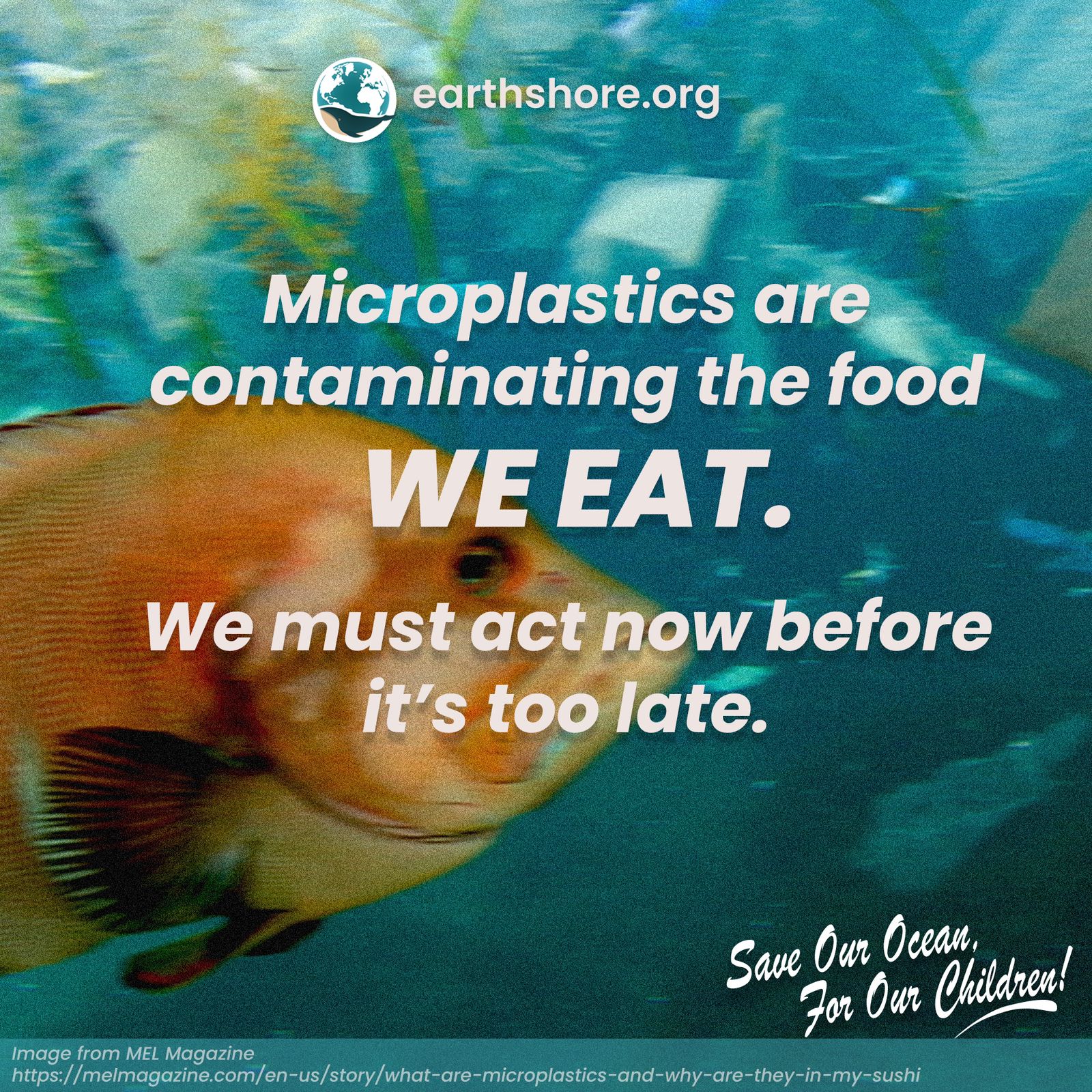Every time you drink a glass of water, eat a meal, or even breathe the air, you might be consuming tiny pieces of plastic called microplastics. These tiny invaders are not just harming our oceans and wildlife; they’re also playing a hidden role in the climate crisis.
Let’s break it down: what are microplastics, and how do they connect to climate change? More importantly, what can we do to protect our planet?
What Are Microplastics?
Microplastics are tiny plastic particles, smaller than a grain of rice, that come from bigger pieces of plastic breaking down. They’re in everything from plastic bottles and shopping bags to clothes made with synthetic fibers. Once they break down, these particles can travel far and wide, polluting oceans, rivers, and even the air we breathe.
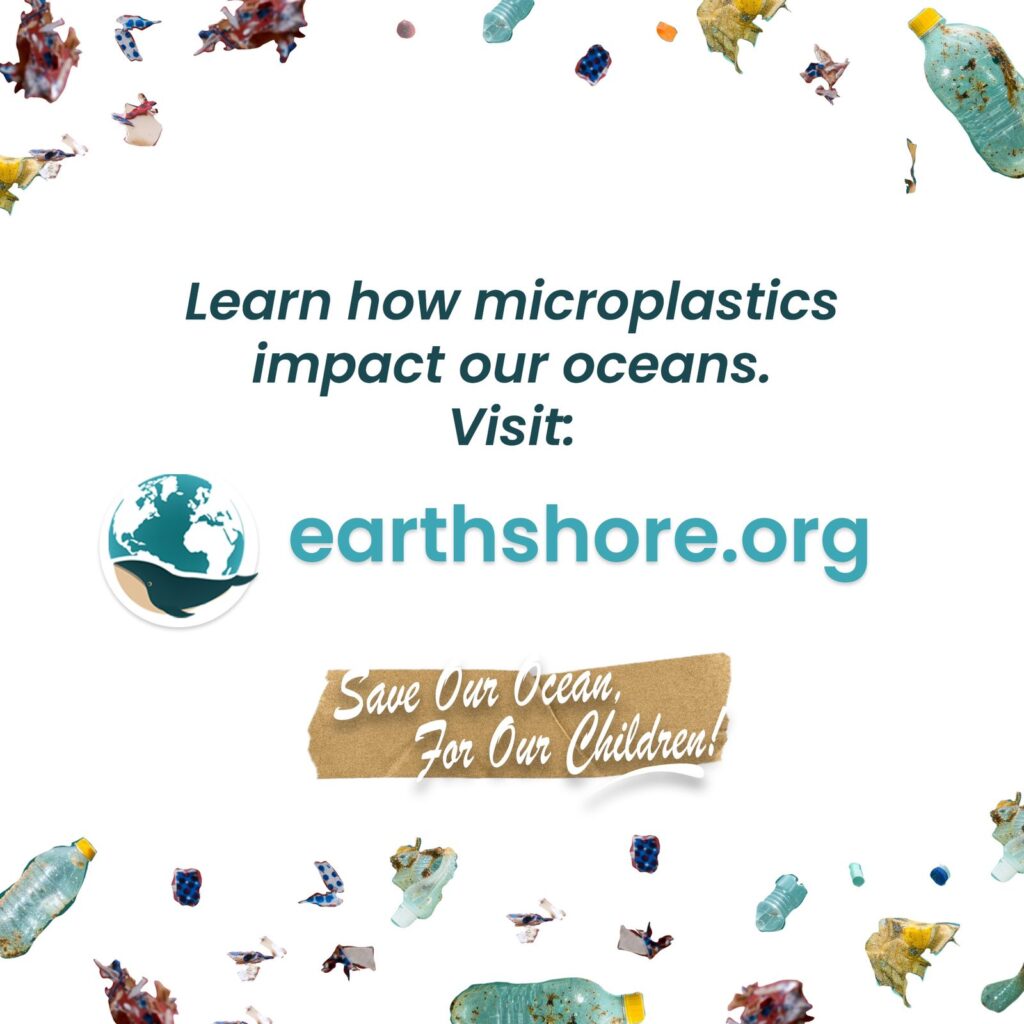
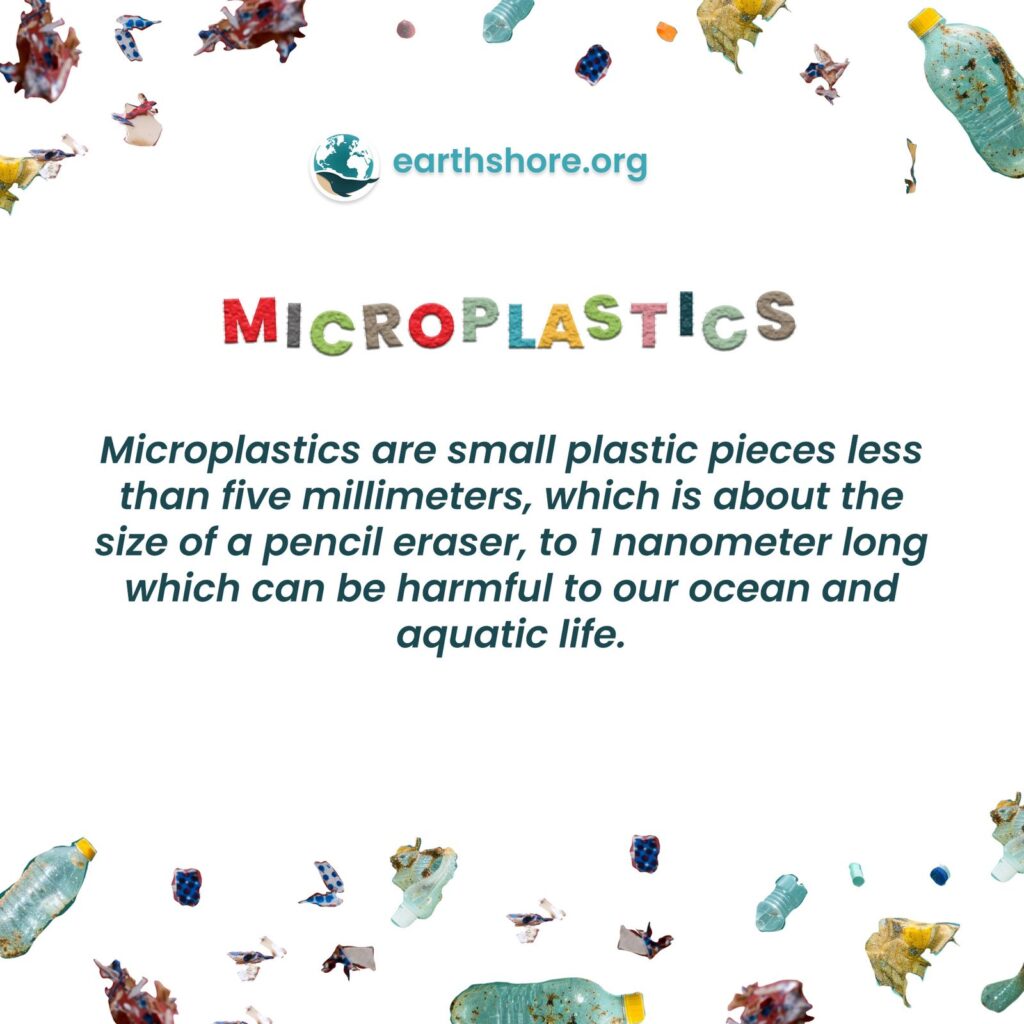
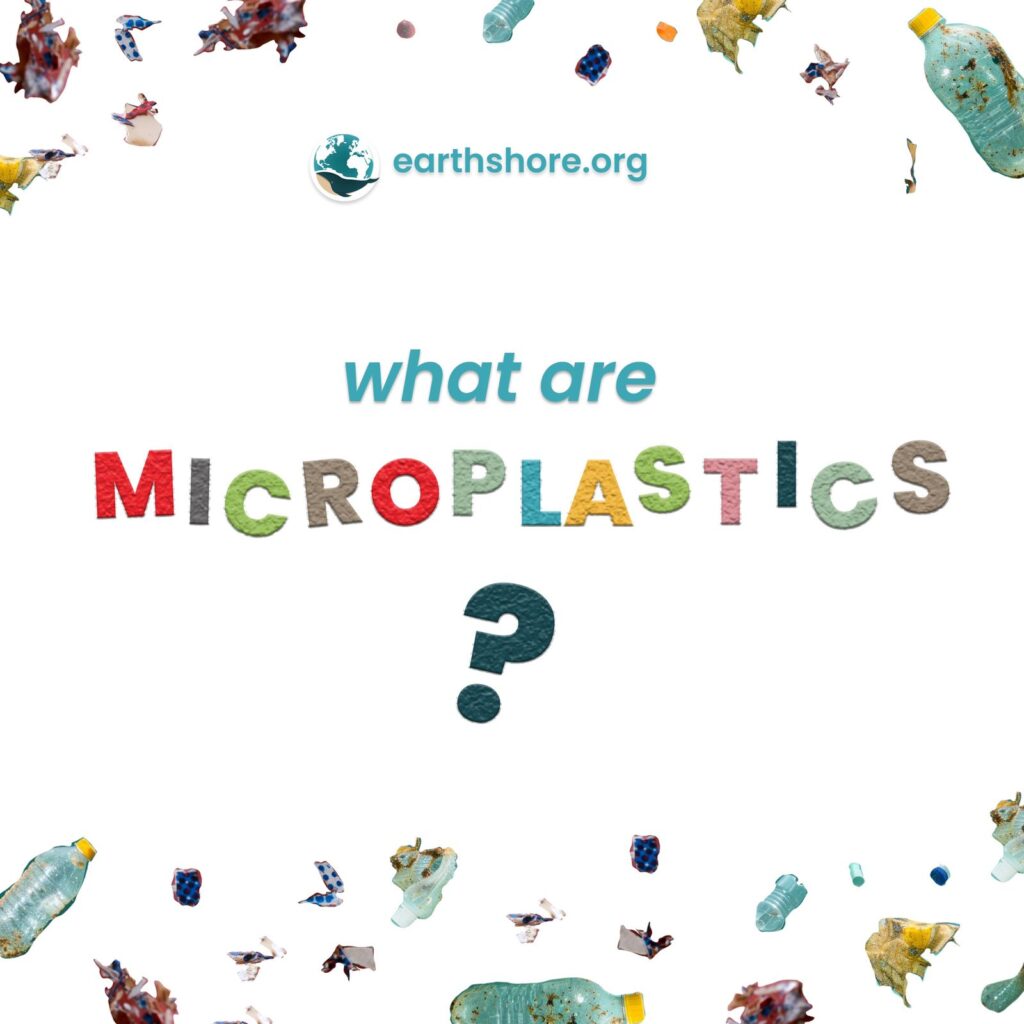
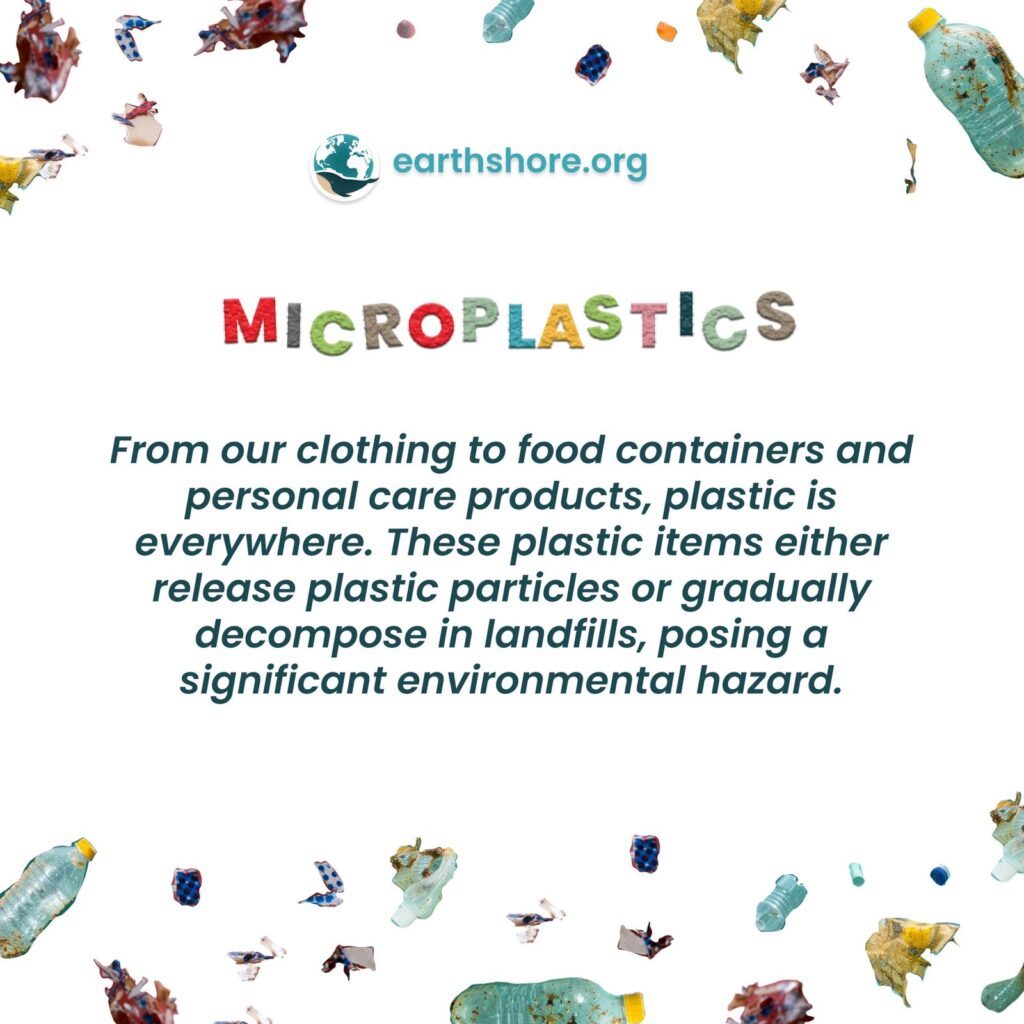
How Do Microplastics Affect the Environment?
Microplastics pollute our oceans, harming marine life like fish, turtles, and seabirds. When animals mistake plastic for food, it can make them sick or even kill them. This doesn’t just affect wildlife; it also disrupts entire ecosystems, which are vital for keeping the planet’s natural balance.
The Link Between Microplastics and Climate Change
You might be wondering: what do microplastics have to do with global warming? Here’s the connection:
- Carbon Emissions from Plastics: The production and disposal of plastic releases massive amounts of greenhouse gases like carbon dioxide and methane. In fact, if the plastic industry were a country, it would be the fifth-largest emitter of carbon in the world.
- Ocean Health: Oceans are natural “carbon sinks” that absorb about 30% of carbon dioxide from the atmosphere. But when microplastics pollute these waters, they disrupt this process, making it harder for the oceans to fight climate change.
- Decomposition of Plastics: As plastic breaks down, it releases methane, a potent greenhouse gas. This adds even more heat-trapping gases to the atmosphere, accelerating global warming.
What Can We Do About It?
Here’s the good news: we can fight back against microplastics and climate change by making simple changes and supporting the right causes.
- Reduce Single-Use Plastics: Say no to plastic straws, bags, and bottles. Instead, choose reusable items like metal straws, cloth bags, and glass water bottles.
- Support Sustainable Practices: Buy clothes made from natural fibers like cotton and wool. Look for companies that use eco-friendly packaging.
- Recycle Properly: Make sure to separate your waste and recycle plastics correctly to prevent them from ending up in landfills or the ocean.
- Raise Awareness: Share what you’ve learned about microplastics and climate change with your friends and family. The more people know, the more we can make a difference together.
Take Climate Action: Help Us Protect the Planet
The fight against microplastics and climate change needs more than just individual efforts. Organizations like Earthshore.org work tirelessly to clean up oceans, advocate for sustainable practices, and spread awareness about these critical issues. But we can’t do it without your help.
Will you join us in making a difference?
Your donation can:
- Support beach and coastal cleanup efforts: Help remove trash, particularly plastics, from shorelines to protect marine life and ensure cleaner oceans.
Promote awareness programs: Fund initiatives that educate communities about microplastics, their environmental impact, and the importance of combating global warming.
Empower educational programs in schools: Enable climate change education, inspiring the next generation to adopt sustainable practices and advocate for environmental conservation.
Every dollar counts. Click here to donate today and become a part of the solution. Together, we can protect our planet for future generations.
The Time to Act Is Now
Microplastics and climate change are urgent problems, but they’re not unsolvable. By taking small steps and supporting organizations like Earthshore.org, we can turn the tide. Let’s fight for a cleaner, greener world—starting today.
Help by DONATING: https://earthshore.org/donate/

